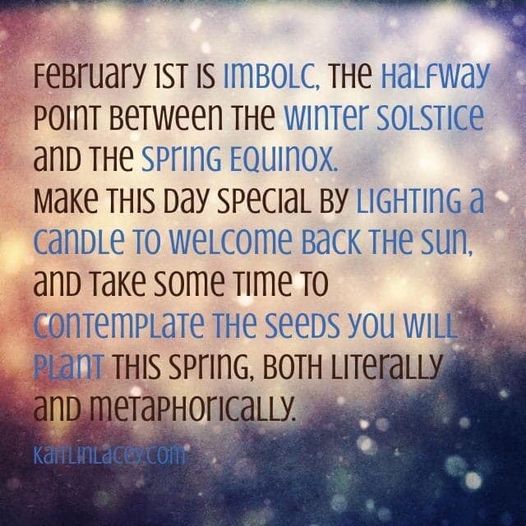Februarius aka Februa means “purification” aka februum

January and February were the last two months to be added to the Roman calendar since the Romans originally considered winter a month less period. In the oldest Roman calendar, which the Romans believed to have been instituted by their legendary founder Romulus, March was the first month, and the calendar year had only ten months in all.
Ianuarius and Februarius were supposed to have been added by Numa Pompilius, the second king of Rome, originally at the end of the year. (It is still unclear when the Romans reset the course of the year so that January and February came first.)
Ancient sources derived Februarius from februum, a thing used for ritual purification. Most of the observances in this month concerned the dead or closure, reflecting the month’s original position at the end of the year.
The Parentalia was a nine-day festival honoring the ancestors and propitiating the dead. It was held in honor of family ancestors, beginning on 13 February.
The Terminalia festival was a set of rituals pertaining to boundary stones marking property that was probably also felt to reinforce the boundary of the year. This festival was held on the last day of the year!
Februa, “purification” was held on February Full moon in the old lunar Roman Calendar.
February starts on the same day of the week as March and November in common years and August in leap years. It ends on the same day of the week as October in all years and January in common years only.
In leap years preceding common years or common years preceding leap years, it begins on the same day of the week as May of the following year.
In common years preceding leap years, February ends on the same day of the week as April and December of the following year.
In leap years preceding common years, it ends on the same day of the week as July of the following year.
In common years preceding common years, it begins on the same day of the week as August of the following year and ends on the same day of the week as July of the following year.
It also begins on the same day of the week as June of the previous year and ends on the same day of the week as August and November of the previous year.

